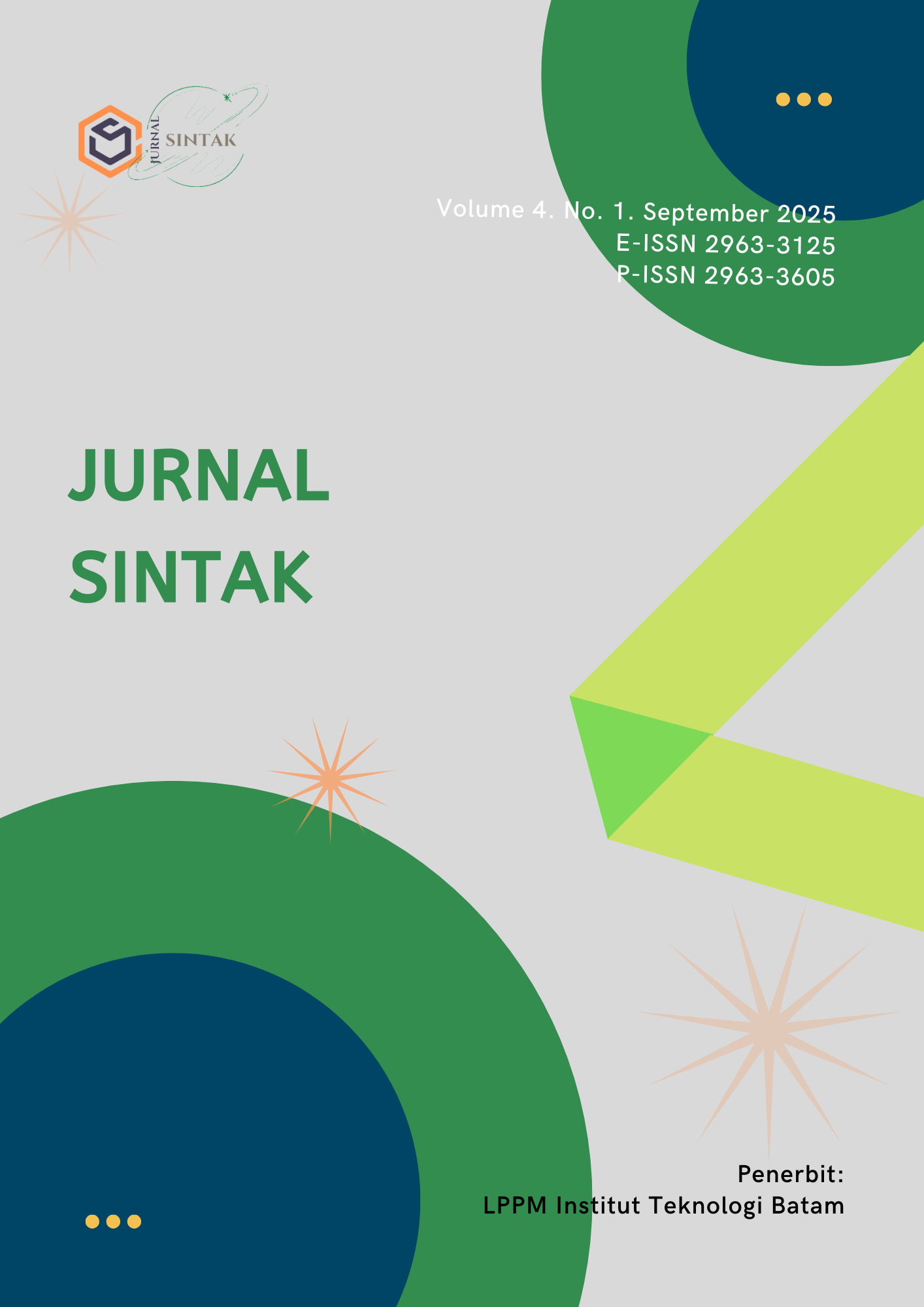Ordinal Logistic Regression Model for Human Development Index: A Case Study of Provinces in The southern part of Sumatra
DOI:
https://doi.org/10.62375/jsintak.v4i1.723Kata Kunci:
Human Development Index, Ordinal Logistic Regression, Socio-economic IndicatorsAbstrak
Ordinal logistic regression is a statistical method used to analyze ordinal dependent variables with three or more categories. This study aims to model the Human Development Index (HDI) in the southern Sumatra region, which includes the provinces of Bengkulu, Bangka Belitung, Jambi, South Sumatra, and Lampung. HDI is categorized into three groups: low, medium, and high. The predictor variables used include Gross Regional Domestic Product (GRDP), poverty rate, access to safe drinking water, open unemployment rate (OUR), and labor force participation rate (LFPR). The analysis results indicate that three variables significantly influence HDI: the percentage of the poor population, the proportion of households with access to safe drinking water, and the open unemployment rate (OUR). This study did not conduct a spatial heterogeneity test; therefore, it is recommended that future research incorporate such a test
Referensi
M. N. S. Abreu, A. L. Siqueira, C. S. Cardoso, and W. T. Caiaffa, “Ordinal logistic regression models: Application in quality of life studies,” Cadernos de Saúde Pública, vol. 24, suppl., pp. S127–S136, 2008.
A. Agresti, Categorical Data Analysis, 2nd ed. Hoboken, NJ: John Wiley & Sons, 2002.
Badan Pusat Statistik, Indeks Pembangunan Manusia 2023, BPS, Jakarta, 2023.
R. Diana, “Uji kesamaan vektor parameter model linier multivariat: Studi kasus faktor-faktor yang mempengaruhi IPM tahun 2007,” Skripsi, Jurusan Statistika, Institut Teknologi Sepuluh Nopember, Surabaya, 2009.
C. Fatimah, “Pemodelan IPM Provinsi Jawa Timur, Jawa Tengah, Jawa Barat dan Sumatera Utara dengan metode regresi logistik ordinal,” Skripsi, Jurusan Statistika, Institut Teknologi Sepuluh Nopember, Surabaya, 2010.
D. W. Hosmer and S. Lemeshow, Applied Logistic Regression. New York: John Wiley & Sons, 2000.
A. Lutfia, “Analisis regresi logistik multinomial (Studi kasus: Jenis pelanggaran lalu lintas Kota Surabaya),” Skripsi, Jurusan Vokasi Statistika, Institut Teknologi Sepuluh Nopember, Surabaya, 2017.
T. Pentury, M. Pattiradjawane, and M. Talakua, “Analisis regresi logistik ordinal (Studi kasus: Akreditasi SMA di Kota Ambon),” Jurnal Matematika dan Aplikasi, Universitas Pattimura, Ambon, 2016
D. W. Hosmer, S. Lemeshow, and R. X. Sturdivant, Applied Logistic Regression, 3rd ed. Hoboken, NJ: Wiley, 2013.
R. A. Johnson and D. W. Wichern, Applied Multivariate Statistical Analysis, 6th ed. Upper Saddle River, NJ: Pearson Prentice Hall, 2007.
S. Menard, Applied Logistic Regression Analysis, 2nd ed. Thousand Oaks, CA: SAGE Publications, 2002.
R Core Team, R: A Language and Environment for Statistical Computing. R Foundation for Statistical Computing, Vienna, Austria, 2024. [Online]. Available: https://www.r-project.org/
P. McCullagh and J. A. Nelder, Generalized Linear Models, 2nd ed. Boca Raton, FL: Chapman & Hall/CRC, 1989.
K. B. Powers and G. Xie, "Understanding and interpreting odds ratios," Journal of Nursing Education and Practice, vol. 10, no. 3, pp. 45–49, 2020.
D. Gujarati and D. Porter, Basic Econometrics, 5th ed. New York: McGraw-Hill, 2009.
Unduhan
Diterbitkan
Cara Mengutip
Terbitan
Bagian
Lisensi
Hak Cipta (c) 2025 Alus Ahmad Suhaimi, Pepi Novianti, Riwi Dyah Pangesti

Artikel ini berlisensi Creative Commons Attribution 4.0 International License.














